As expected, this proposal made headlines in the Turkish media, but the content has not yet been detailed. It may have been designed as a hub that will only meet Turkey’s national gas demand.
At present, there are four gas pipelines feeding Turkey’s national gas distribution network. One is the Blue Stream pipeline that carries 16 billion cubic meters of gas per year from Russia to Turkey’s Black Sea port of Samsun. The second is the Iran-Turkey pipeline, which has a capacity of 10 billion cubic meters per year. It supplies gas to Erzurum and Ankara, together with eastern Anatolian provinces on its route.
The third is the Trans-Anatolian gas pipeline, which carries Azerbaijani gas to Brindisi, Italy. It crosses the entire Anatolian mainland from the easternmost point to the westernmost. It has the capacity to carry 16 billion cubic meters of gas per year and will be increased to 23 billion next year.
The pumping capacity of this pipeline will also be increased two more times, firstly in 2026, when its capacity will rise to 31 billion cubic meters per year. The second increase will be carried out if Turkmenistan constructs an additional pipeline to cross the Caspian Sea; with this increase, its capacity will reach 60 billion cubic meters per year.
Some details about the diameter of the Trans-Anatolian pipeline give an idea about the distribution of gas in western Turkey. The diameter of the pipeline is 56 inches from its source in Azerbaijan to the western Anatolian city of Eskisehir, but it is reduced to 48 inches thereafter, which means that its output is reduced and distributed to the local network.
The diameter is further reduced to 36 inches after crossing the Marmara Sea, where it is distributed in Thrace. It also means that part of western Anatolia and Thrace consumes Azerbaijani gas and not Russian.
We do not know how the expected gradual increase in the capacity of the pipeline will affect Putin’s proposal. As there is no plan to reduce the EU’s reliance on Azerbaijani gas, Russia may not be pleased to see its gas face competition from Azerbaijan. If Moscow does not put up any new obstacles for Turkmen gas to cross the Caspian Sea, EU countries may try to cover their shortfall with gas from Turkmenistan.
The fourth pipeline is the main one that comes from Russia directly to Thrace. This project had initially been planned as a set of four pipelines, each carrying 15.5 billion cubic meters of gas from Russia to Bulgaria and from there to the EU.
However, Bulgaria faced difficulties in solving the problems stemming from EU legislation, which require that the companies that transport and distribute natural gas should not be the same.
Putin became angry at Bulgaria’s handling of the affair and decided to change the landing point of the pipeline from Bulgarian shores to Turkey. He also changed the name of the pipeline and called it TurkStream. Therefore, two of the four pipelines had to be deleted from the program as Bulgaria was not going to be one of the beneficiaries.
Out of the two remaining pipelines, one was destined to feed the Turkish hub and the second was going to Greece. In light of the EU’s intention to reduce its reliance on gas from Russia, we will see what will happen to the pipeline that is used at present to pump gas to Greece.
The prospect of the creation of a natural gas hub in Turkey is one aspect of the question, but it cannot be dissociated from the EU’s plans to reduce its reliance on Russian gas. Germany was the first country to take a concrete step in this field.
It suspended the certification process of the Nord Stream 2 pipeline. EU countries are divided on how to handle this critical issue. Reducing gas supplies is not an easy exercise because alternative sources of energy are required. Russia has gas contracts with several EU countries and some of them include “take or pay” clauses.
Furthermore, 15 billion cubic meters-worth of contracts between Russia and some EU countries expire by the end of this year. Whether they will be renewed will depend on each country’s decision.
When we look over a longer span of time, overall contracts with Russia amount to 40 billion cubic meters per year and these contracts bind both Russia and EU countries until 2030. So, if we are talking of a gradual reduction in the Russian gas supply to Europe, we have to wait at least for eight more years.
The Ukrainian crisis has changed several paradigms in international relations and Russia’s proposal may be an attempt to further penetrate Turkey’s gas market.
Ahval
Reporter's code: 50101

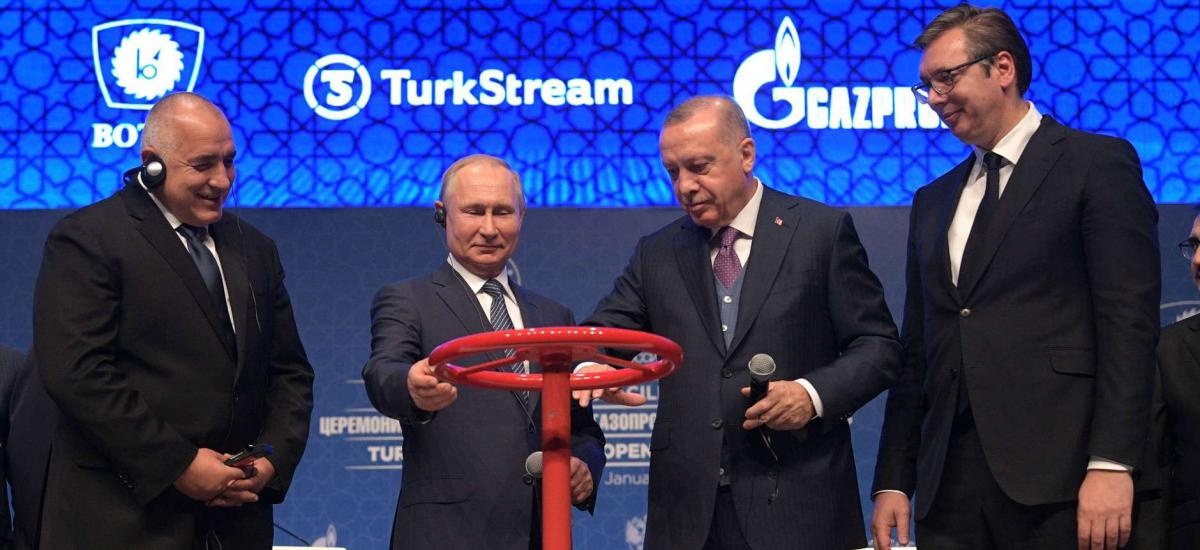
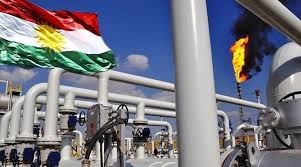
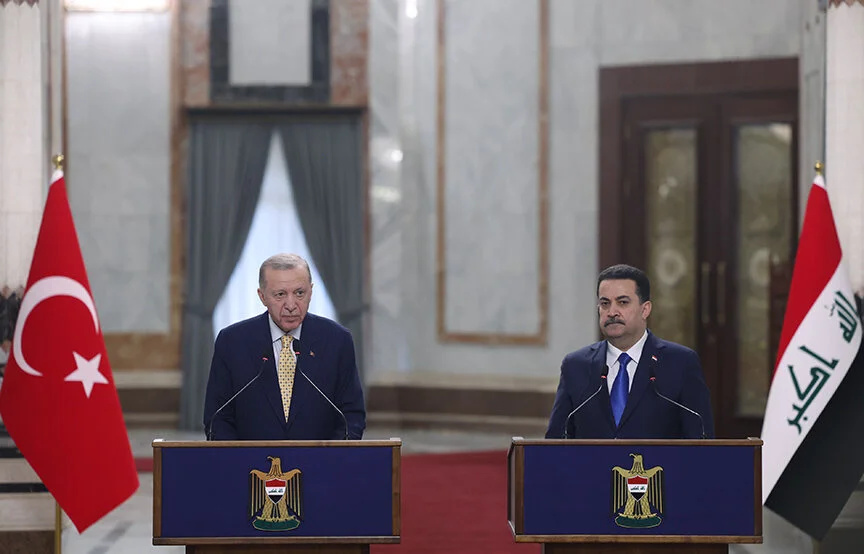
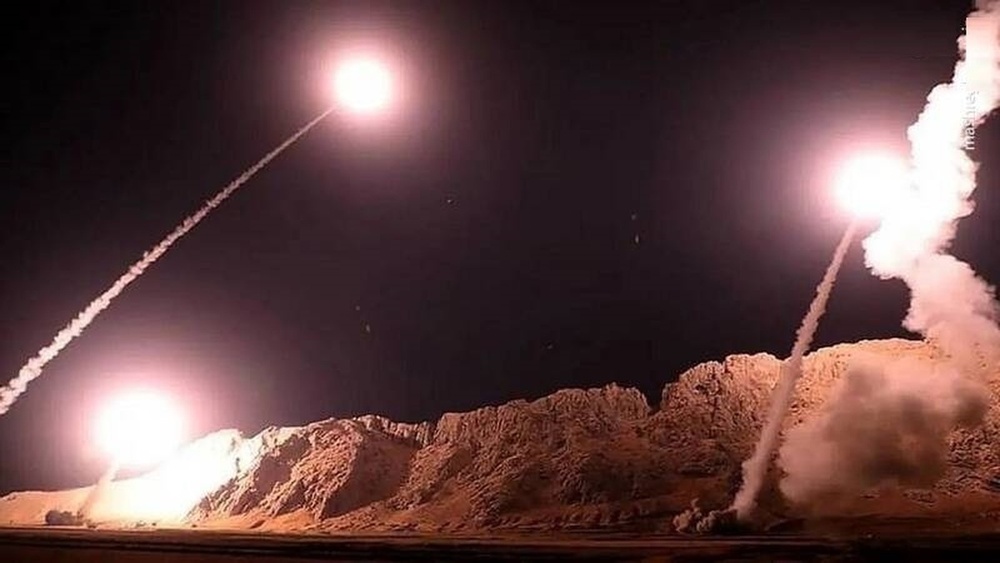
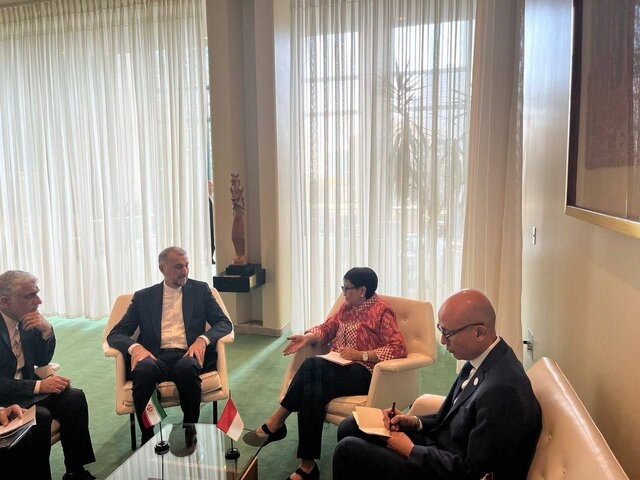

Your Comment